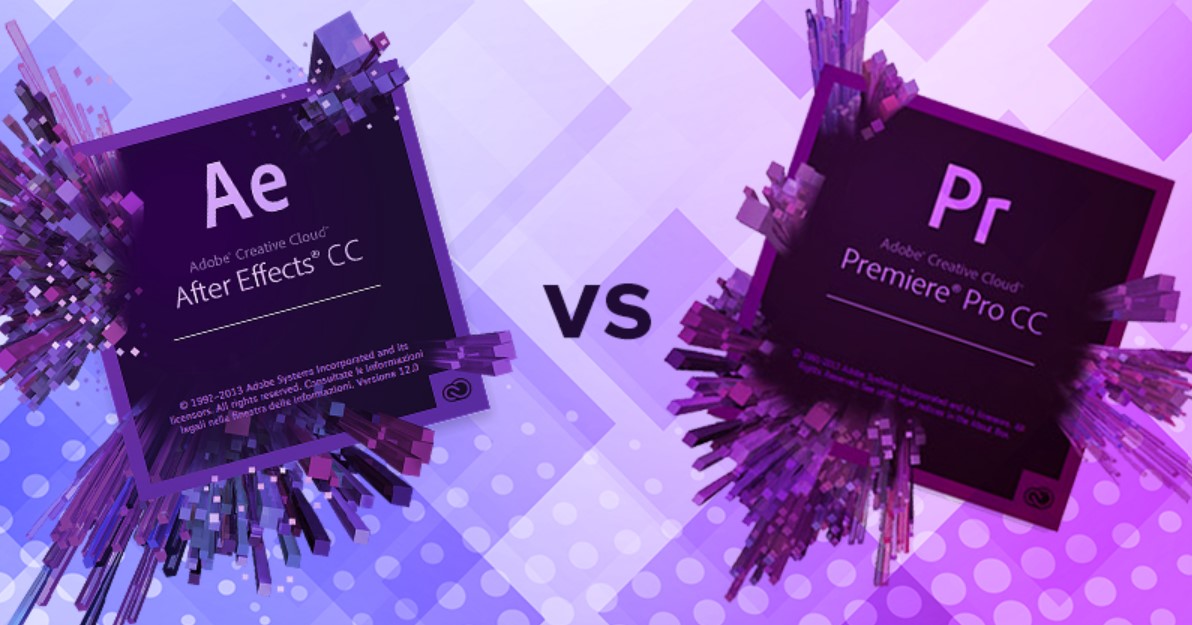Best Selling Products
UX Research: A Vital Role in the Product Design Process
Nội dung
- 1. What is UX Research?
- 2. Popular UX Research Methods
- 2.1. Qualitative research
- 2.2. Quantitative research
- 3. Why UX Research is important in product design
- 3.1. Improve user experience
- 3.2. Minimize the risk of product failure
- 3.3. Enhance competitiveness
- 3.4. Save cost and time
- 3.5. Improve customer satisfaction and loyalty
- 4. Steps in the UX Research process
- 4.1. Determine research objectives
- 4.2. Choosing the appropriate research method
- 4.3.
- 4.4. Analysis and synthesis of results
- 4.5. Make recommendations and improve products
UX Research is an essential part of the product design process. This article will help you understand what UX Research is and why it is important for the success of your product.

In product design, not only quality and features but also user experience (UX) plays an important role in determining success or failure. To have a good user experience, UX Research is the key to help designers understand and optimize user behavior and needs. In this article, sadesign will explain in detail what UX Research is, how to do it and why it is important in the product development process.
1. What is UX Research?
UX Research is the process of collecting and analyzing information about how users interact with a product or service. The main goal of UX Research is to understand the behaviors, needs, goals, and problems that users encounter while using the product. From there, it helps the design team create optimal, easy-to-use products that provide the best user experience.
.jpg)
This process typically involves a variety of methods such as interviews, surveys, behavioral observations, and usability testing, to make design decisions based on real, scientific data. Conducting UX Research properly not only helps increase user satisfaction but also plays an important role in improving business performance and brand value.
In UX Research, researchers use a variety of methods to collect data, including interviews, surveys, direct user observation, usability testing, user behavior analysis, and many other techniques. All the collected data is analyzed to draw conclusions and recommendations for the design team to make changes or improvements that will enhance the quality of the product.
2. Popular UX Research Methods
To collect information from users, researchers use a variety of methods. These methods can be divided into two main categories: qualitative research and quantitative research.
.jpg)
2.1. Qualitative research
Qualitative research is one of the popular methods in UX Research, which helps to collect in-depth information about user behavior, needs, and motivations. Qualitative research mainly focuses on collecting detailed information from users through interviews, observations, or focus groups. Qualitative research methods help researchers gain in-depth understanding of users’ thoughts, feelings, and behaviors in the product usage environment.
User Interviews: This method involves talking directly to users to learn about their needs, habits, and problems when using the product. Through interviews, researchers can collect in-depth and detailed information.
Focus Groups: A group of users invited to discuss a particular product or service. Discussions help gather diverse opinions, feedback, and perspectives from a variety of users.
This method is often conducted through in-depth interviews, direct observation or focus group discussions, to gain a better understanding of users’ personal experiences and perspectives. The results from qualitative research not only provide insights but also support product design that better aligns with the expectations and goals of the target audience.
2.2. Quantitative research
Quantitative research typically uses survey tools, experiments, or big data analytics to collect measurable information about user behavior. This method helps assess the prevalence of a trend or behavioral pattern among a large group of users.
Surveys: Surveys are often sent to a large number of users to collect information about their behavior, needs, and satisfaction with a product.
Usability Testing: This is a common method of evaluating how easily users can complete tasks on a product. By directly observing users as they interact with the interface, designers can spot bottlenecks or problems in the design.
This method is often used to evaluate the effectiveness of a product, identify broad user behavior, and make decisions based on real data. Quantitative techniques include surveys, data analysis from user behavior tracking tools, and A/B testing. With the advantage of providing a comprehensive and accurate overview of trends, quantitative research plays an important role in optimizing the user experience and ensuring that the product meets market needs.
3. Why UX Research is important in product design
.jpg)
UX Research plays a vital role in product development, especially in areas like web design, mobile apps, and software. Here are some reasons why UX Research is so important:
3.1. Improve user experience
By gathering information about user behavior and needs, UX Research helps designers understand which elements of a product are meeting user needs and which elements need improvement. In turn, UX Research helps optimize the user interface (UI) and overall experience, thereby improving customer satisfaction and loyalty.
3.2. Minimize the risk of product failure
A product can be perfectly functional, but if it is not designed properly for the user, it can still fail in the market. UX Research helps to identify usability issues, user experience difficulties, and confusion early on. This allows the product development team to make necessary adjustments before the product is widely released.
3.3. Enhance competitiveness
In today’s market, products face fierce competition. UX Research helps your product stand out by providing a seamless and easy-to-use user experience. When your product delivers a better experience than your competitors, it is more likely to attract customers and create a sustainable competitive advantage.
3.4. Save cost and time
Investing in UX Research early in the product development process reduces risk and saves money in the long run. Identifying problems early and addressing them before the product is completed will reduce the cost of fixing them later. Additionally, a well-designed product from the start will save development time and improve work efficiency.
3.5. Improve customer satisfaction and loyalty
When users feel comfortable and at ease when using a product, they will tend to return to use the product in the future. In addition, a good user experience also encourages them to recommend the product to others. This not only increases satisfaction but also helps build a community of loyal customers, contributing to the sustainable development of the brand.
4. Steps in the UX Research process
.jpg)
The UX Research process includes the following basic steps:
4.1. Determine research objectives
Before starting, researchers need to clearly define their research objectives. This includes understanding the problem users are facing and the ultimate goal of the research. Setting clear objectives helps the research to be conducted effectively and provide valuable results.
4.2. Choosing the appropriate research method
Depending on the research goal, the research method will be chosen accordingly. For example, if the goal is to better understand how users feel about an interface, interviews or usability testing may be a good choice. Meanwhile, if you want to
collect information about user habits, surveys or behavioral analysis may be effective methods.
4.3.
Data collection
Once you have determined your research method, the next step is to collect data from users. Tools such as online survey software, usability testing applications, or user groups can assist in this process.
4.4. Analysis and synthesis of results
Once enough data has been collected, the next step is to analyze and synthesize the results. Researchers will find trends, common issues, and areas for improvement in the product. These results will serve as a basis for the design team to make necessary changes.
4.5. Make recommendations and improve products
Finally, after analyzing the results, researchers will make specific suggestions and recommendations to the product development team. These improvements will help optimize the product and enhance the user experience.
Cheap Canva Pro Upgrade
5. Conclusion
UX Research is not only an important part of the product design process but also a decisive factor in the success of a product in the market. Understanding the needs and behaviors of users through user experience research helps designers create products that are easy to use, bring high satisfaction and help build customer loyalty. If you are developing a new product, do not skip the UX Research step, because this is the key to making your product successful in today's competitive environment.












































